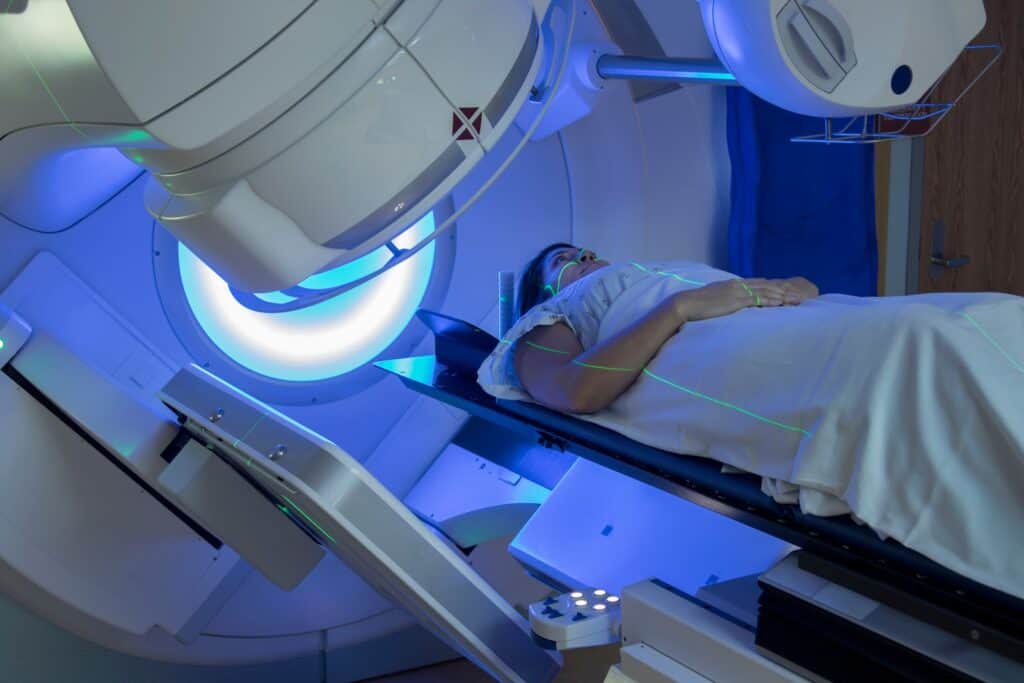In this day and age, having good health can be a privilege, and sadly, we all know someone who has cancer. Besides, it feels like more people are being diagnosed in the last few years. Depending on where you live, finding out you or your loved one might have it can be either rare or widespread. There are many places where cancer rates are low, and understanding and researching why some areas are more vulnerable than others is something that scientists worldwide are investigating to understand better and fight this terrible disease.
Most of the reasons why rates are higher in some places than others depend on many aspects like the environment, medical technology, and even government campaigns and initiatives to prevent it. Some of the reasons some countries might have worse than others can be essential to treat and beat the disease. One of the things they have found is that it’s more prevalent in high-income countries because of lifestyle factors like alcohol intake, smoking, and obesity. We collected data like reports from the Dana-Farber Cancer Institute, and looked into which countries have the lowest cancer rates. In this article, we’ll go in-depth on why some countries are more affected than others and what we can learn from it to eradicate this disease once and for all. After reading, you can get more information about diet tips that may help prevent cancer.

24. What is cancer?
In general, cancer is a group of diseases in different parts of the body that can divide itself and spread, infecting tissue around it. It can start anywhere in the human body, so when it develops, the cells in your body start becoming more abnormal. Instead of dying out, they keep going, and new cells keep dividing themselves and forming what we know as tumors. Most cancers are solid tumors, but they generally do not develop when it comes to blood cancers like Leukemia. These tumors can grow, break, and then keep invading nearby tissue if it’s not treated.

Cancer is the second leading cause of death globally, behind cardiovascular disease makes it a big deal to investigate what can be done to lower the number of cases. Fortunately, medical advances and technology are helping have better options to treat different types, making the chances of survival even higher than 30 years ago. Countries with a sound health system can detect and treat faster than countries with a poor health care infrastructure. Before checking on those countries with the lowest cancer rates, let us first examine why so many people are getting cancer.
